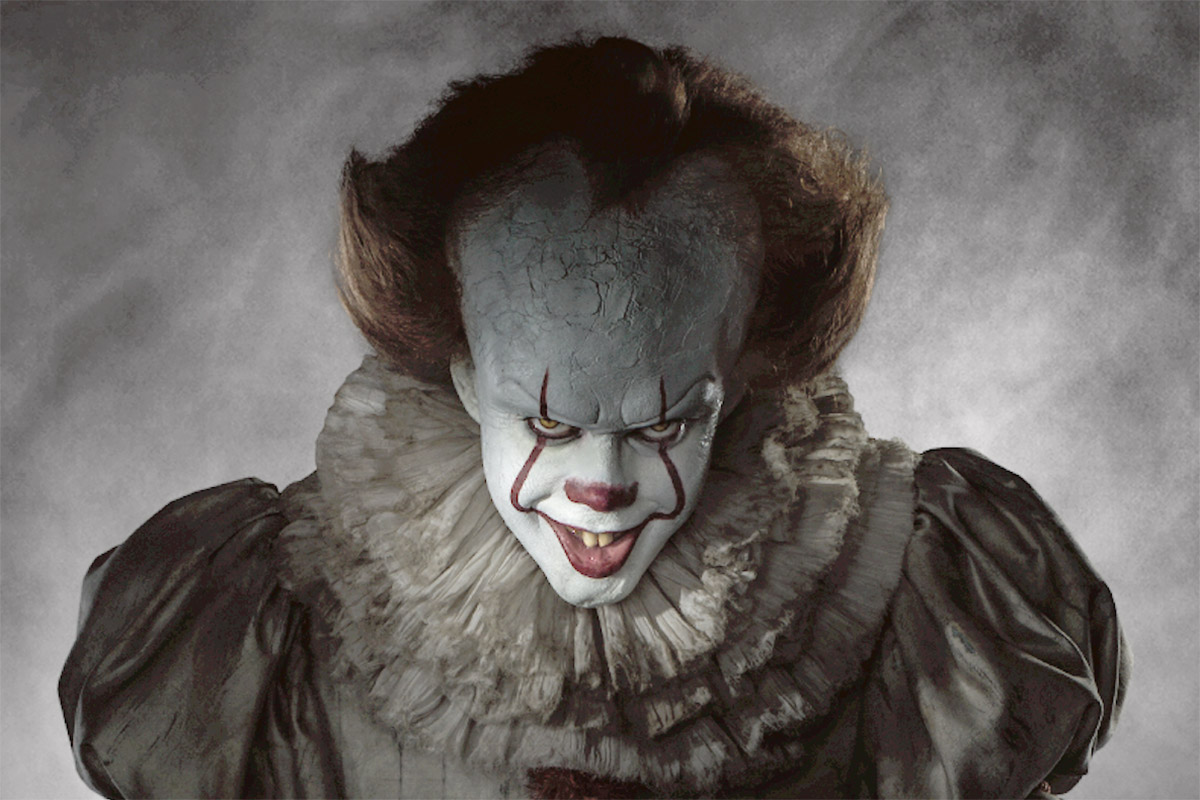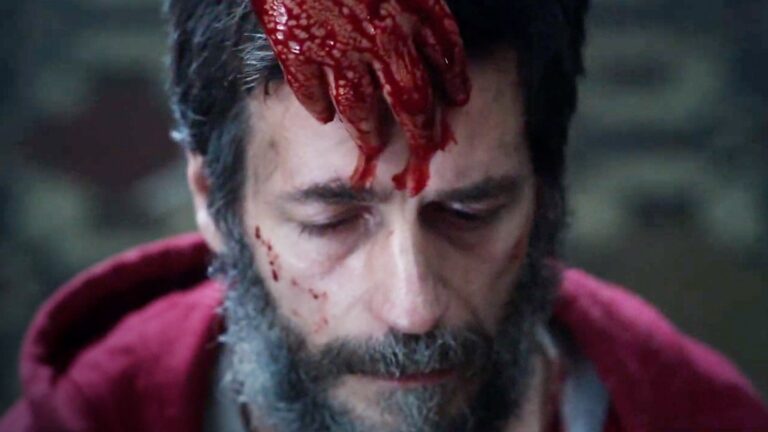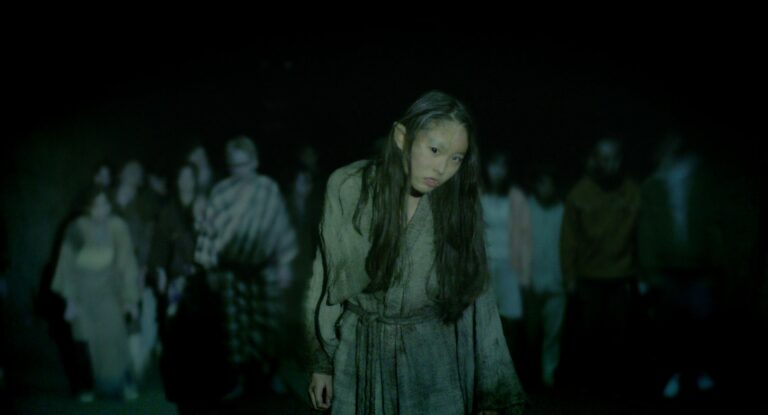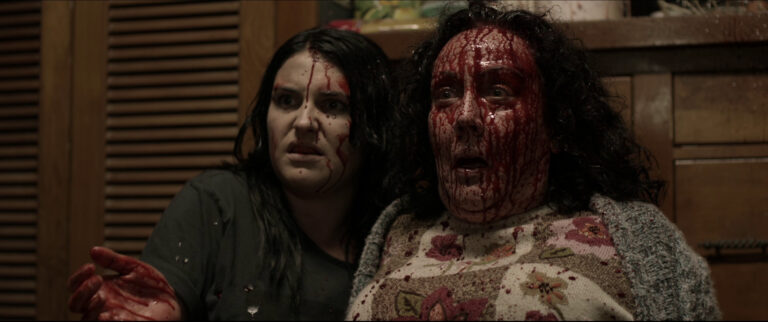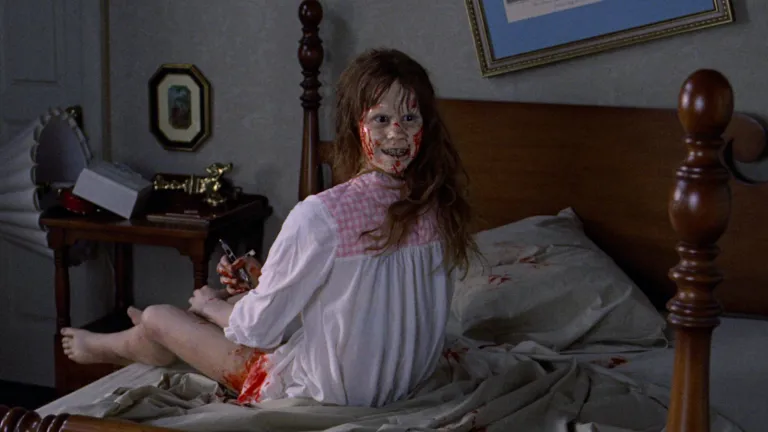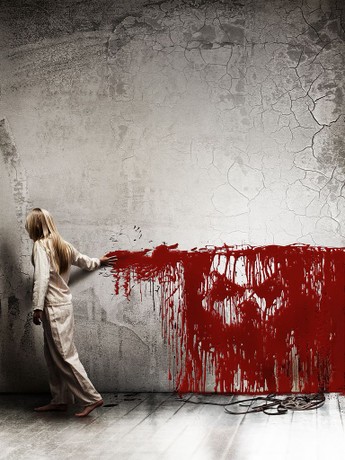Review of IT (2017)
Adapted from Stephen King’s iconic novel, IT (2017) stands out as a must-watch among modern horror films. It edges out Dark Skies (2013) slightly in its chilling intensity, offering a gripping blend of terror and heart that makes it a standout choice.
Story
Summary
In the small town of Derry, seven kids face their deepest fears, embodied by a sinister clown who seeks to devour them one by one. After his initial failure, the group—bound by their shared terror—forms a tight-knit friendship over the summer. Determined to find Bill Denbrough’s missing younger brother, they venture into an abandoned house despite warnings from some in the group. Inside, three of them are ambushed by the clown and narrowly escape being eaten. United, the seven fight back, forcing the clown to retreat. Injuries to Ben Hanscom and Eddie Kaspbrak spark tension, fracturing the group. Most abandon the fight, except Beverly Marsh, who remains steadfast. When Beverly vanishes, the others rally, storming the clown’s lair to rescue her and ultimately defeat the monstrous entity.
Differences from the Source Material
The film stays faithful to the novel’s core—seven kids confronting a malevolent clown—but tweaks details for cinematic appeal. In the book, Bill’s brother Georgie is gruesomely killed, his arm bitten off in a sewer; the movie shows him dragged into the drain, leaving his fate ambiguous. Mike Hanlon drives the investigation into the clown in the novel, especially in its second part, but Ben Hanscom takes that role in the film. Richie Tozier, a sharp-tongued troublemaker in the book, is less reckless on screen. Stanley Uris, portrayed as cool-headed under pressure in the novel, is the group’s coward in the film. Henry Bowers, the bully, is a slick-haired thug shaped by his violent father in the book; the movie paints him with wild, voluminous hair, driven by psychological abuse from his strict, cop father rather than mirroring him. Beverly’s abuse shifts from physical in the novel to sexual in the film, adding a darker layer.
Strengths of the Film
If you’ve read King’s novel, you know its sprawling, sometimes meandering brilliance hooks you despite its tangents. The film captures that magic within a tight two-hour runtime, focusing solely on the kids’ childhood—a wise choice. The book weaves their adult lives 27 years later, where they return to Derry, haunted by faint memories and a blood oath, blending past and present. This can confuse readers, as the kids only glimpse the clown in their youth, defeating it later through fragmented recollections. The movie streamlines this, sticking to their teenage years, making it accessible for newcomers while preserving the story’s emotional core.
The clown, Pennywise, preys on children’s fears, weaponizing their dread. Alone, they’re vulnerable; together, fearless or enraged, they’re untouchable. This dynamic—unity dispelling terror—is why Pennywise can slaughter isolated kids but falters against the group, despite his physical power. For those unfamiliar with the novel, this nuance might puzzle, as the film shows him killing with ease yet struggling against a united front.
Makeup and Visuals
Pennywise’s makeup is bone-chilling, leaping straight from the novel’s pages with eerie precision. The monstrous forms he takes to hunt the kids feel vivid and real, never slipping into artificiality. This authenticity elevates the horror, earning high praise.
Psychological Fear
Ask me the film’s brightest spark, and I’d point to its mastery of psychological dread. In the novel, Pennywise strikes when a child’s fear peaks, morphing into their worst nightmare to kill and feed. The movie nails this, making fear itself the true villain. While the gore and scares are solid but not exceptional, the way IT taps into raw, primal terror is its greatest triumph.
Weaknesses of the Film
No film is flawless, and IT stumbles in pacing and tension. Sticking close to the novel’s childhood focus—where King skims details, prioritizing the interplay of past and present—limits its intensity. The book’s blend of timelines builds curiosity and suspense, but the film, confined to the kids’ youth, unfolds linearly. It starts with their meeting, tracks Pennywise’s attacks, and ends with their united stand. This slow-burn approach, heavy on explaining the clown’s encounters with each kid, feels like a TV drama at times, prioritizing friendship over thrills.
For novel fans, the film may pale against King’s intricate web, where past and present collide to heighten stakes. On screen, the lack of a climactic peak dulls the excitement. Pennywise’s ability to harm the kids physically yet holding back—relying on fear or using Henry Bowers as a failed pawn—can confuse viewers unfamiliar with the book. It’s as if he’s wary of a group beatdown, a quirk clear to readers but murky for others.
Henry’s role adds little spark, his presence flat despite his menace. Character tweaks also jar—Bill, a hulking leader in the book, is scrawny here, among other shifts. These changes, while arguably suited for film, feel like missed opportunities to fully capture the novel’s spirit.
Level of Horror
I don’t rate IT’s scares as highly as its psychological depth. The film leans bright, even in Pennywise’s lair, muting the creepiness. Monsters appear sparingly, not flooding the screen as horror fans might crave. The climax shines, but earlier ups and downs sap momentum, leaving the mood uneven. The drawn-out pacing and lack of relentless terror make it less frightening than it could be.
Overall
IT (2017) is a compelling adaptation that channels Stephen King’s vision with heart and horror, even if it doesn’t match the novel’s sprawling intensity. Its focus on childhood friendship and psychological fear makes it accessible and haunting, though a lack of climactic punch and uneven scares hold it back. For fans and newcomers alike, it’s a chilling ride worth taking, delivering enough dread and emotion to linger long after the credits roll.

